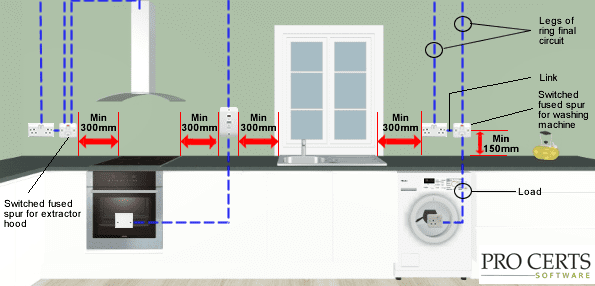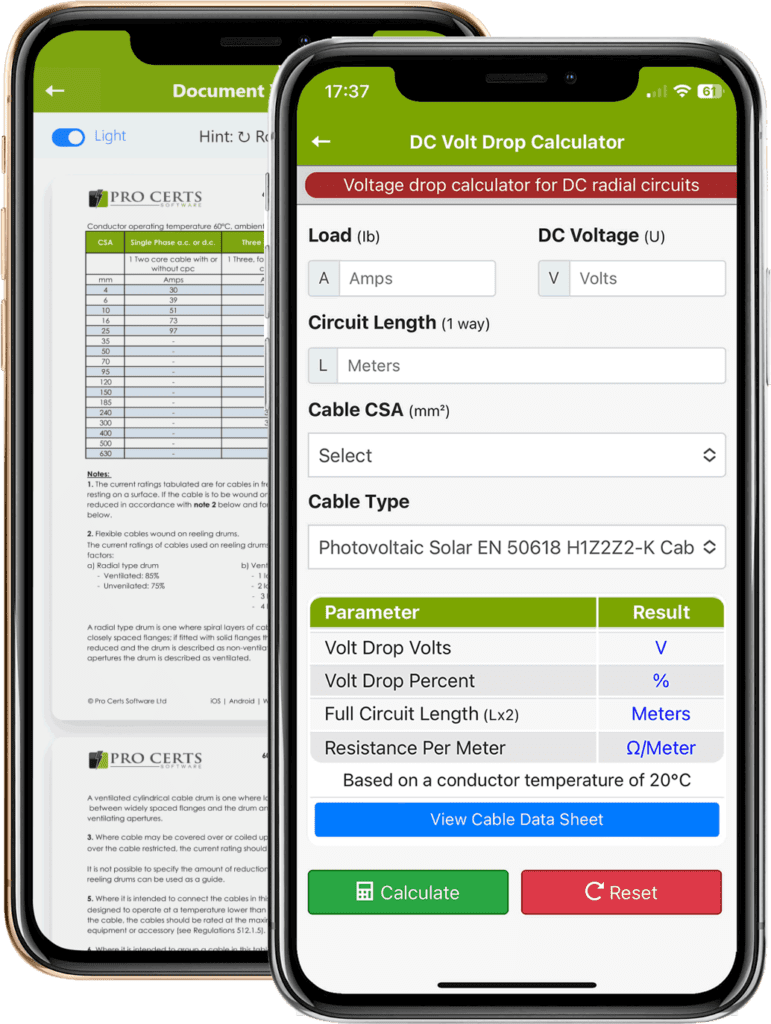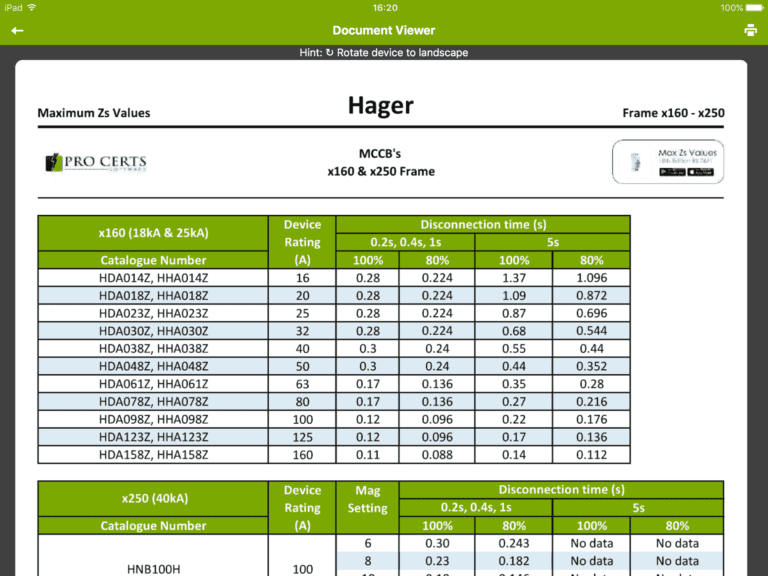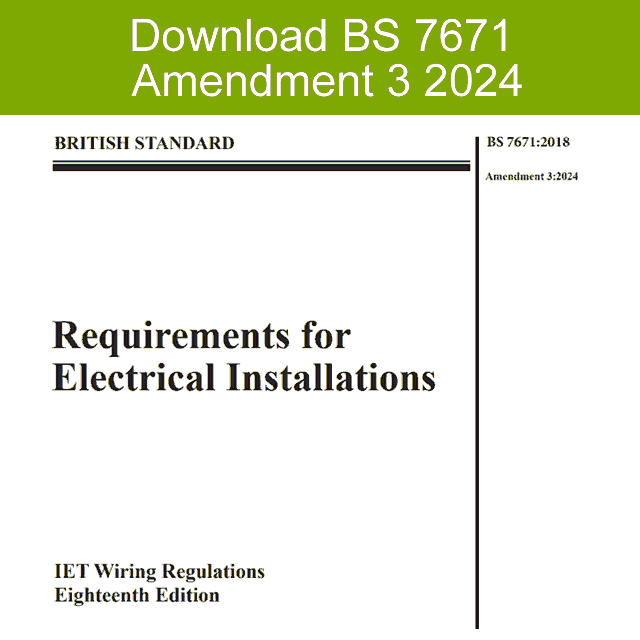Local Isolation for Kitchen Appliances
Local Isolation in Kitchens
Local isolation is required for all items of electrical equipment for maintenance, service & repair in accordance with Regulation 462.2 of BS 7671:2018+A2:2022.
Should a fault occur within an electrical appliance causing an MCB or RCBO to trip, the facility to isolate the kitchen electrical appliance from the electrical circuit would enable the MCB or RCBO to be reset.
Methods of local isolation can be achieved by the means of a suitable readily accessible double pole switch with a contact gap of at least 3mm.
Depending on the maximum demand of the electrical appliance the means of local isolation could be a 13 amp switch fused spur, 13A plug and socket outlet or a 20 amp double pole isolator.
Safe Isolation Procedures
Before any work can commence on a fixed appliance the safe isolation procedure must be followed.
Position of Isolators in a Kitchen

Sockets should also be easily accessible. If appliances such as fridges, dishwashers and washing machines are fitted under worktops, getting to sockets may be difficult. Ideally, these appliances should be controlled by a switched fuse connection unit mounted above the worktop where you can reach it easily.
What can be used as a means of isolation?
According to the table on page 182 of BS 7671 (18th edition), the following can be used for isolation as long as the device is suitable for on-load isolation:
- Plug and switched socket-outlet to BS 1363-1, BS 1363-2
- Plug and socket-outlet to BS 5733
- Switched fused connection unit to BS 1363-4
- Cooker control unit switch to BS 4177
Can a socket or spur be installed in the back of a kitchen cabinet?
For further information see Sockets inside kitchen cabinets
(i) Wiring accessories (e.g. socket-outlets, switches) should be mounted on the building fabric and NOT on kitchen furniture.
In many cases most modern integral appliances such as a built-in dishwasher do not have enough space behind the appliance to fit a plug and socket-outlet, which is when an electrician may decide to install the socket in an adjacent cupboard, an alternative to this could be to install a flex-outlet plate behind the appliance via a switched fused spur above the worktop.
However the issue with the flex-outlet option is manufactures may void the warranty if the plug has been cut off in-order to connect to a flex outlet.
Electrical safety first answers this question: Can accessories and electrical equipment such as socket-outlets and under cabinet lighting be fixed to kitchen units?
Yes, provided that they are securely fixed to rigid parts of the units that are not demountable or otherwise liable to be disturbed in normal service. However, care must be taken to comply with all the relevant requirements of BS 7671, including accessibility for inspection, testing and maintenance, and provision of adequate protection against damage (by impact or water for example) for the accessories, equipment and associated wiring. Regulation number(s): 530.4.2
BS 7671 Section 530.4 Fixing of Equipment
530.4.1 – Taking in to account of the manufacture’s instructions, if any, equipment shall be erected in such a way that connections between wiring and equipment shall not be subject to undue stress or strain resulting from the normal use of the equipment.
530.4.2 – Unenclosed equipment shall be mounted in a suitable mounting box or enclosure in compliance with the relevant part of BS EN 60670, BS EN 62208 or other relevant standards such as BS EN 61439 series. Socket-outlets, connection units, plate switches and similar accessories shall be fitted to a mounting box complying with BS 4622 or BS 5733 and with the relevant part of BS EN 60670.
530.4.3 – Equipment such as circuit-breakers, switches, socket-outlets, control equipment etc. may be installed on or in a cable trunking system complying with BS EN 50085 series. Wherever equipment is fixed on or in cable trunking, skirting trunking or in mouldings it shall not be installed on covers which can be removed inadvertently.
Kitchen Electrical Zones – Where to put plug sockets in a kitchen
BS 7671 does not have a section on “kitchen zones”, however, the on-site guide does include section 5.2.2 Location of accessories in kitchens (page 56), and there are recommended restrictions on the siting of electrical accessories in a kitchen, such as near sinks, ovens or hobs.
While there no specific kitchen zones, there are regulations on where you can and can not bury cables, see Wiring Zones for further information.
Additional Information: For further information see electrics in the kitchen, Cooker Switch Distance from a Hob or Cooker or Distance of a socket from a sink

Download The App!
Electrical Tools & Reference, full to the brim with tables, charts, forms and calculators.
For further information visit The Electricians App.
Or, get the cloud desktop version →








